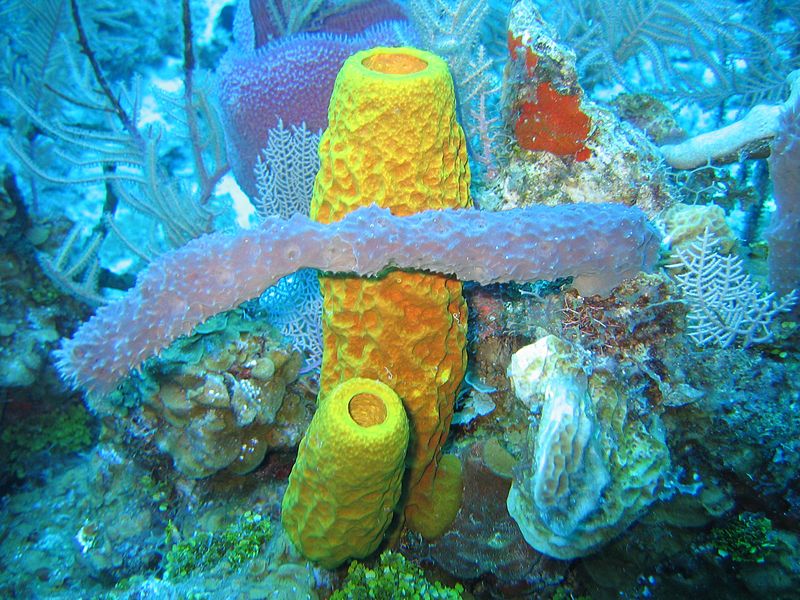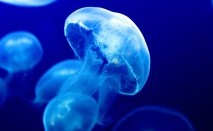
Category: Invertebrates

Sponges are aquatic, multicellular organisms whose body structure is full of holes and channels that allow water to circulate food and oxygen to all the cells, as well as remove waste. While they lack true tissues and organs and do not display body symmetry, sponges are composed of a variety of cells which perform highly specialized functions and often host photosynthesizing micro-organisms as endosymbionts. Sponges in temperate regions usually only survive for a few years, while some tropical species may live for more than 200 years!

The world’s first Animals
Invertebrates were the first animals to evolve. While their soft bodies left precious few records behind, there are fossils of sponge-like animals that are 665 million years old, as well as traces of tracks and burros from worm-like animals going back 1 billion years. By comparison, the earliest birds appeared only 150 million years ago! And not only were invertebrates first, they are the most plentiful of animals - it is estimated that 97% of all animals living on the Earth today are invertebrates, with several groups containing more species than all vertebrates combined!
Learn more >>
 Discover Animals is a web-based educational resource offered by the NAIA
Discover Animals is a web-based educational resource offered by the NAIA